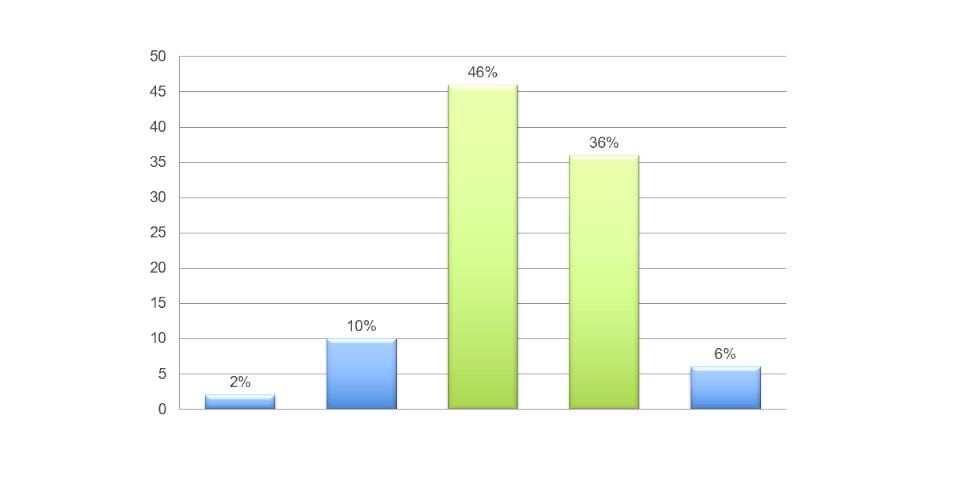References
The sources mentioned served as a basis for the creation of the survey for structuring the question blocks. They can also be found as source references at individual points in the overall document on the supply situation in homeopathic practice.
[1] Mader, F. H. & Riedl, B. (2018). Allgemeinmedizin und Praxis (8th ed./first edition 1993). Springer Verlag.
[2] Hopcroft, K. & Forte, V. (2013). Differenzialdiagnostische Tabellen – Symptome in der Allgemeinmedizin (1st ed.). Huber Publishers.
[3] Klimm, H.-D. & Peters-Klimm, F. (Eds.). (2018). Allgemeinmedizin (6th ed.). Georg Thieme Verlag.
[4] Lehrke, P. (1998). Impfkonzepte in der Homöopathie Edition Forschung: Eine Erhebung zum Impfverhalten homöopathischer Ärzte. Hippokrates Publishers.
[5] Impfpflicht versus informierte Entscheidung. (2019, May 2). German Network EBM. Retrieved May 18, 2022, from https://www.ebm-netzwerk.de/de/veroeffentlichungen/stellungnahmen-pressemitteilungen May 02, 2019).
[6] Lyons-Wyler, J., Thomas, P. (2021 Jan 22;18(3):936). Relative Incidence of Office Visits and Cumulative Rates of Billed Diagnoses Along the Axis of Vaccination. Int J Environ Res Public Health. doi: 10.3390/ijerph18030936.
[7] Hautärzte sehen Krätze auf dem Vormarsch. (2016, November 28). Physicians Journal. Retrieved May 18, 2022, from https://www.aerzteblatt.de/nachrichten/71688/Hautaerzte-sehen-Kraetze-auf-dem-Vormarsch
[8] Schultz-Zehden, W. & Bischof, F. (1986). Auge und Psychosomatik (1st ed.). Deutscher Ärzteverlag.
[9] Jobst, D. (2013). Facharztprüfung Allgemeinmedizin: in Fällen Fragen und Antworten (4th ed.). Urban & Fischer Verlag/Elsevier GmbH.
[10] Menopausal Hormone Therapy and Cancer Risk. (2015, February 13). American Cancer Society. Retrieved June 1, 2022, from https://www.cancer.org/cancer/cancer-causes/medical-treatments/menopausal-hormone-replacement-therapy-and-cancer-risk.html
[11] Günthert, E. A. (2013). Psychosomatische Urologie: Leitfaden für die Praxis-Schriftenreihe der Thure von Uexküll-Akademie für Integrierte Medizin (2nd ed.). Schattauer.
[12] WONCA International Classification Committee, Mally, T., Committee, W. I. C., Tönies, H., Zehnder, K., Fischer, G. & Glehr, R. (2001). Internationale Klassifizierung der medizinischen Primärversorgung ICPC-2. Springer Publishing.
[13] Spinks A., Glasziou P.P., Del Mar C. B. (2021). Antibiotics for treatment of sore throat in children and adults. Cochrane Database Syst Rev. 2021 Dec 9;12(12):CD000023. https://doi.org/10.1002/14651858.CD000023.pub5
[14] Schweitzer, R., & Schröder, M. (2018). Die Heilpraktiker-Akademie. Gesetzeskunde, Notfallmedizin und Pharmakologie: Mit Zugang zur Medizinwelt. p.48.
[15] Galic, T. & Schnellrieder, H. (2018). Heilpraktiker mit Fachrichtung Homöopathie – ein Laienclub ohne Bildung? Homöopathie KONKRET. 11.Jahrgang, 12/2018, Heft 4. S.13-20.
[16] International Classification of Primary Care - 3rd Revision. Retrieved 11.1.2025 from https://www.icpc-3.info/
[17] BFARM - ICD-10-GM Version 2025. Retrieved 11.1.2025 from https://klassifikationen.bfarm.de/icd-10-gm/kode-suche/htmlgm2025/index.htm

